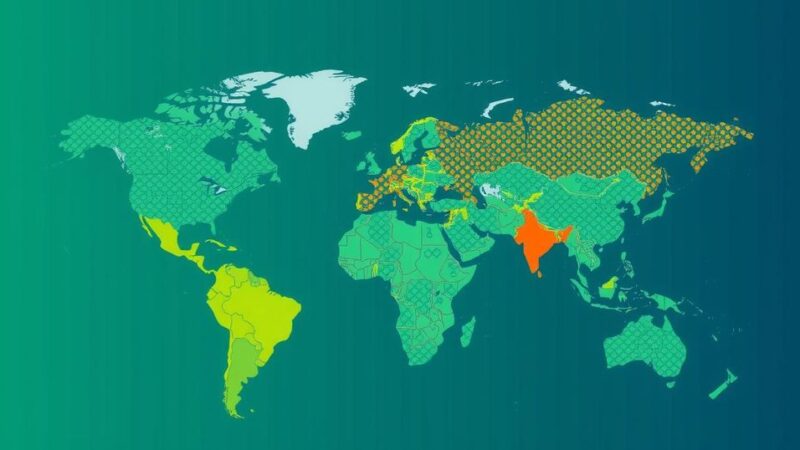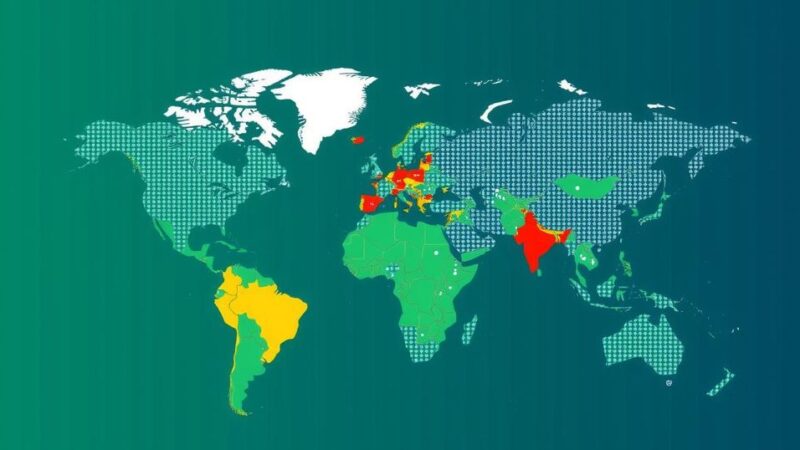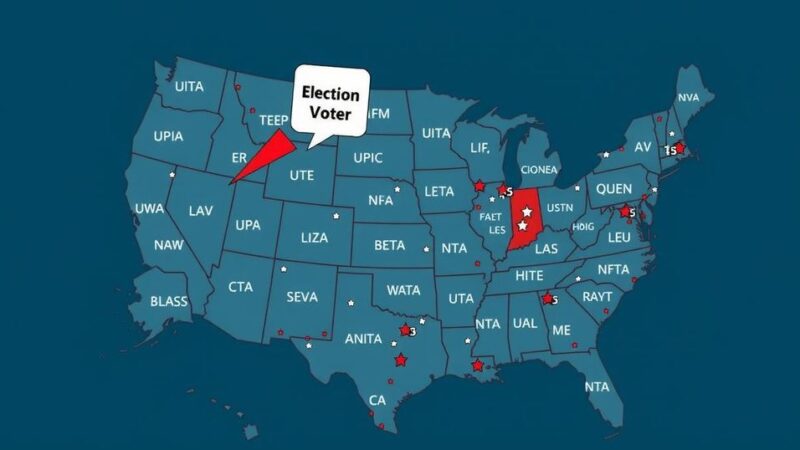India’s recent elections have yielded mixed results for Prime Minister Narendra Modi, with the B.J.P. maintaining its hold in Haryana but facing setbacks in Jammu and Kashmir. The outcomes signal a possible return to pre-Modi political dynamics, emphasizing local issues and the complexities of coalition politics.
In a significant political episode, India’s recent elections in Haryana and Jammu and Kashmir have provided mixed outcomes for Prime Minister Narendra Modi and his Bharatiya Janata Party (B.J.P.). The elections are particularly noteworthy as they serve as an early assessment of Mr. Modi’s electoral influence following the unexpected loss of majority in the recent national elections. In Haryana, the results were unexpectedly favorable for Mr. Modi’s B.J.P., which preserved its local dominance despite predictions favoring the opposition Congress Party. Initially, local Congress leaders appeared overly confident, dividing spoils among themselves. However, the B.J.P.’s performance has sent a clear message that electoral predictions may not always be reliable. Conversely, in the contentious region of Jammu and Kashmir, Mr. Modi’s strategic efforts to demonstrate the B.J.P.’s strength faced a setback as the Congress Party and its allies emerged victorious. The contrasting results in these two regions highlight the complex dynamics of Indian politics, where local considerations often take precedence over national narratives. These elections suggest a possible return to the pre-Modi political atmosphere, wherein regional issues hold significant importance and coalition politics become increasingly intricate. Previously, Mr. Modi had leveraged his personal image and the notion of a global Hindu power to influence even local contests, but recent developments indicate a shift in voter sentiment.
The article provides an analytical perspective on the recent elections in India, following Prime Minister Narendra Modi’s B.J.P.’s surprising results in the national elections earlier this summer, where the party lost its parliamentary majority. This situation serves as an indicator for understanding the current political climate in India, which is complex and multi-faceted, reflecting both local and national issues. The election results from Haryana and Jammu and Kashmir illustrate the volatility of voter preferences and the challenges Mr. Modi now faces in maintaining his political stronghold amid changing sentiments in various states.
In conclusion, the results from the elections in Haryana and Jammu and Kashmir signify a pivotal moment for Prime Minister Narendra Modi and his B.J.P. While Haryana’s outcomes reinforce the party’s local strength, the losses in Jammu and Kashmir reveal the challenges ahead. These developments suggest a potential reversion to a more traditional political landscape in India, where local issues gain importance, and coalition building may become more challenging.
Original Source: www.nytimes.com





